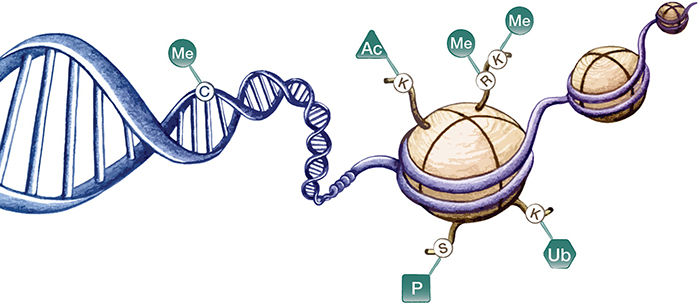Brief Introduction
The histone H2A, H2B, H3 and H4 form an octamer on which eukaryotic DNA is wound to form nucleosomes. The histone H1 binds to the linker DNA between the nucleosomes, bringing them closer together. The epigenetic modification of histones is an important research area of epigenetics and plays a significant role in various biological processes. Histone modifications include methylation, acetylation, phosphorylation, ubiquitination, ADP ribosylation, SUMOylation, crotonylation, etc. These diverse modifications and the relationship between their combination on the time and space and biological function can be used as a kind of crucial epigenetic marks or language, and is therefore called “histone code”.

Creative BioMart offers multi-species recombinant and native modified/unmodified histones, which are suitable for in vitro chromatin assembly. These histones are ideal substrates for analysis of histone post-translational modifications (including but not limited to methylation, acetylation, phosphorylation, and ubiquitination), and are optimal tools for inhibitor and drug screening.
USA
Enter your email here to subscribe.
Follow us on

Easy access to products and services you need from our library via powerful searching tools